
Night birding in the Pronojiwo area of East Java brought two species. One is a frogmouth (Javan Frogmouth), the other an owl (Sunda Scops Owl). Somewhat confusingly, inverting the names (i.e., Sunda Frogmouth, Javan Scops Owl) yields two other species that also exist. For each, the Javan version is endemic to Java while the Sunda version has a broader range.
While I was hoping for the scientific name of the Sunda Scops Owl (Otus lempiji) to be derived from some evil but brilliant naturalist (“Sir Edward Lempi, 1785-1853, British explorer and slave trader”), unfortunately, lempi ji is just the Javanese name for this owl. Writing blog posts can be a drag.

The Sunda Scops Owl is described as fairly common and not particularly threatened. It may even benefit from papers such as this one, which finds that the owls prefer to feed on rats rather than on various insects or fish, and thus may be useful as pest control on palm oil plantations (the paper was published as part of the 1st International Conference on Sustainable Plantation).

The species also lives in a more urban environment – university campuses being a good place both to live and to be covered by scientific work. On the other hand, its numbers still seem to be declining (source).

How much space does such an owl need in the wild? One study using radio telemetry found a harmonic mean home range area of about 4 hectares – this is an area of about 5 to 6 soccer fields (the generally recognized generic comparison for laypeople).

Another paper using a different method – reaction to playback – detected between 1.6 and 2.6 owls per 10 hectares, which seems to match well with the first study.

A third paper looked at the individuality of owl calls and found that 97% of calls could be correctly assigned to an individual owl, and that such assignments were stable over time. So, presumably one might be able to estimate the number of owls in a specific area by just determining the number of different calls.

If you are less interested in scientific facts, websites are covering the Sunda Scops Owl that use a more lyrical tone: “As the sun sets over Malaysia’s rainforests, a diminutive maestro emerges to begin its nightly performance. With a repertoire of hoots, whistles, and trills, the Sunda Scops-Owl is a small bird with a big voice.”

Or you can read the story of Broadway, a Sunda Scops-Owl found in a bad condition in Singapore (it had presumably been kept as a pet before).

The Javan Frogmouth would presumably be difficult to identify solely based on a photo, but fortunately, it is the only frogmouth on Java, so even an ID by a non-expert like me should be fairly reliable.

It was split from other, similar frogmouth species, turning it into a Javan endemic.

While the second part of the scientific name Batrachostomus javensis is self-explanatory, the first one simply means frogmouth (batrakhos means frog; stoma means mouth). It is one of 12 species in the genus Batrachostomus, which is by far the biggest among the three genera of frogmouths (the other two only comprise a total of 4 species).

While there is limited research on the species, it and the other frogmouths have another claim to fame:

“In a journal article published in April 2021, researchers Katja Thömmes and Gregor Hayn-Leichsenring from the Experimental Aesthetics group at the University Hospital Jena, Germany, found the frogmouth to be the most “instagrammable” bird species. Using an algorithm to analyze the aesthetic appeal of more than 27,000 bird photographs on Instagram, they found that photos depicting frogmouths received the highest number of likes relative to the posts’ exposure to users” (source).



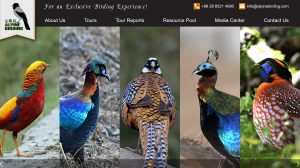
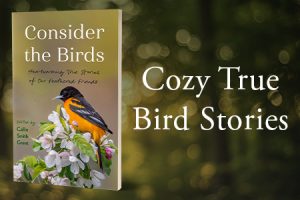

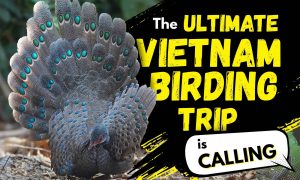
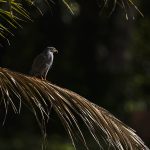
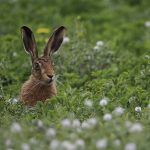
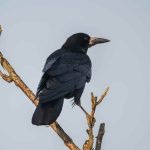
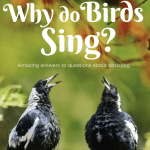


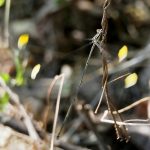
Scops owls are the best! Great pictures again.
When I read these posts. it makes me realise how little I know about birds!
Agree with Brian’s comment above. While reading it also occurred to me that frogmouths would have been a great bird to add to “Weird Asian birds” post. The Sunda Scops Owl is a darn cute little owl. When I think of the size of 5 or 6 soccer fields, I’m struck that this is a large territory for a small owl. (I also learned that this is the approximate size of 4 hectares.)
Cathy, I fully agree that the nightjar would have been a worthy entrant to the “Weird Birds of Asia” post – the reasons I did not include it were that I already had 10 others (you may call it lazyness, I call it prudend use of limited resources) and that the list already includes an owlet-nightjar, which is somewhat similar at least in looks …